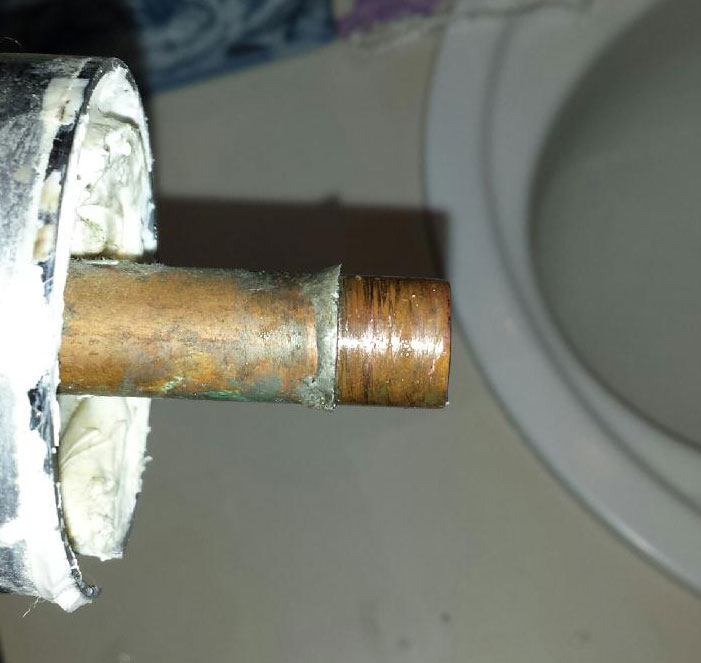I was reading the AWS guide on soldering and it talks about when soldering a horizontal joint that you should heat from the bottom of joint and then pushing solder in at bottom of joint and going up one side to top, then return to bottom and go up the other side to top. Two half circle swipes with the solder.
However, I have several diy books and from watching Richard Trethewey (This old house plumber) and other plumbers do online soldering demos they just apply heat to one side of joint moving flame back and forth, and apply the solder to the other side by just sticking it in and allowing capilary action to bring it around towards the heat.
I only ever solder 1/2 and 3/4 lines. And I do it the later way because a lot of times obstructions dictate where I can apply flame and solder. Although I do try to move my solder around whole pipe to get a full joint. Also it seems with small pipes the flame is kind of everywhere at once, curling around the whole pipe.
Is the start at the bottom technique really only worth doing on large pipe?
appreciate any info.
However, I have several diy books and from watching Richard Trethewey (This old house plumber) and other plumbers do online soldering demos they just apply heat to one side of joint moving flame back and forth, and apply the solder to the other side by just sticking it in and allowing capilary action to bring it around towards the heat.
I only ever solder 1/2 and 3/4 lines. And I do it the later way because a lot of times obstructions dictate where I can apply flame and solder. Although I do try to move my solder around whole pipe to get a full joint. Also it seems with small pipes the flame is kind of everywhere at once, curling around the whole pipe.
Is the start at the bottom technique really only worth doing on large pipe?
appreciate any info.
Last edited:

